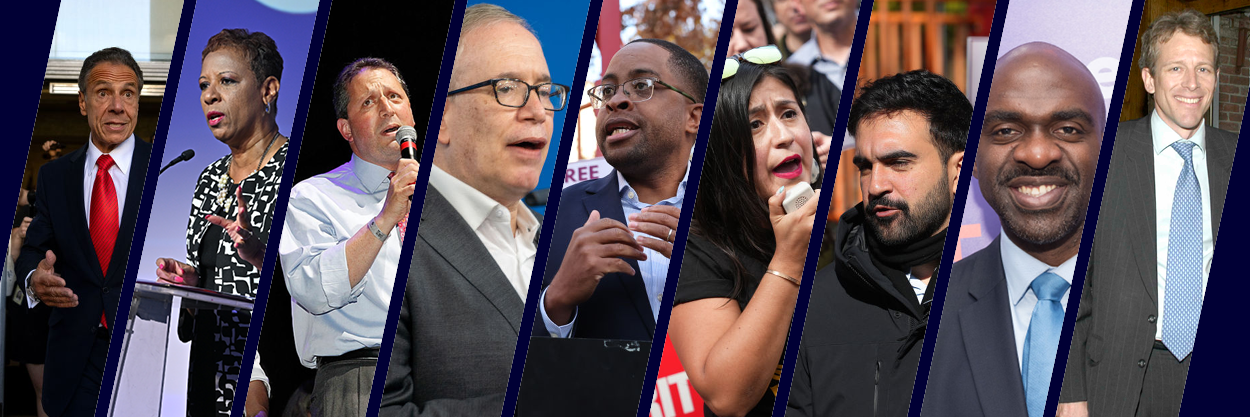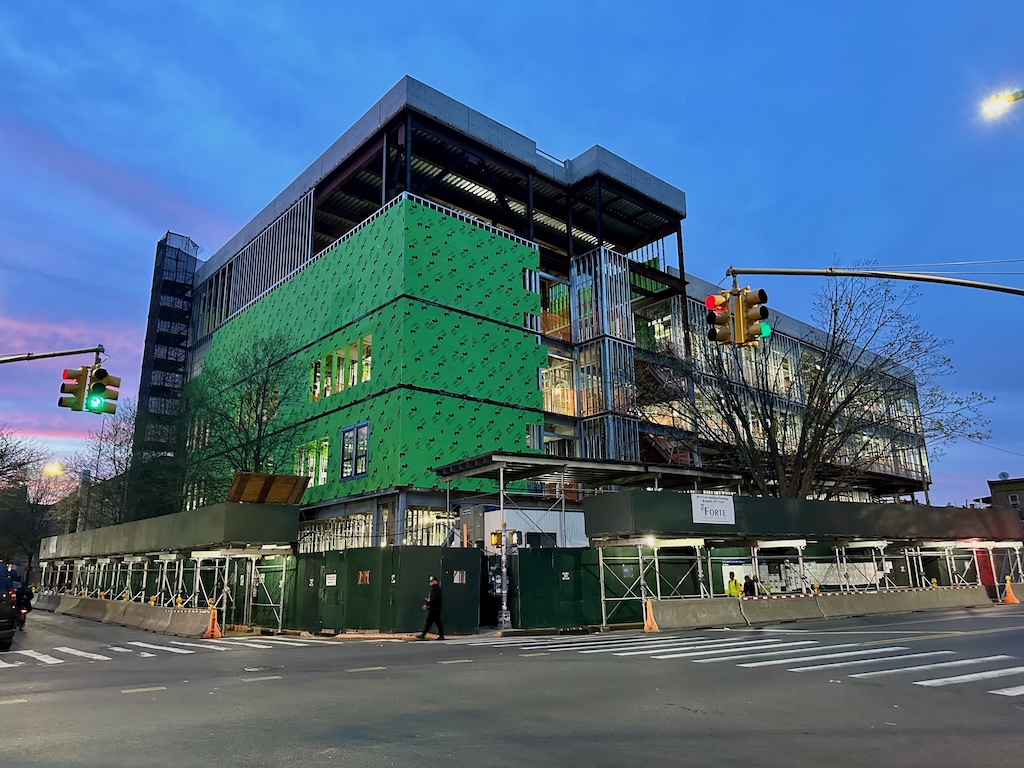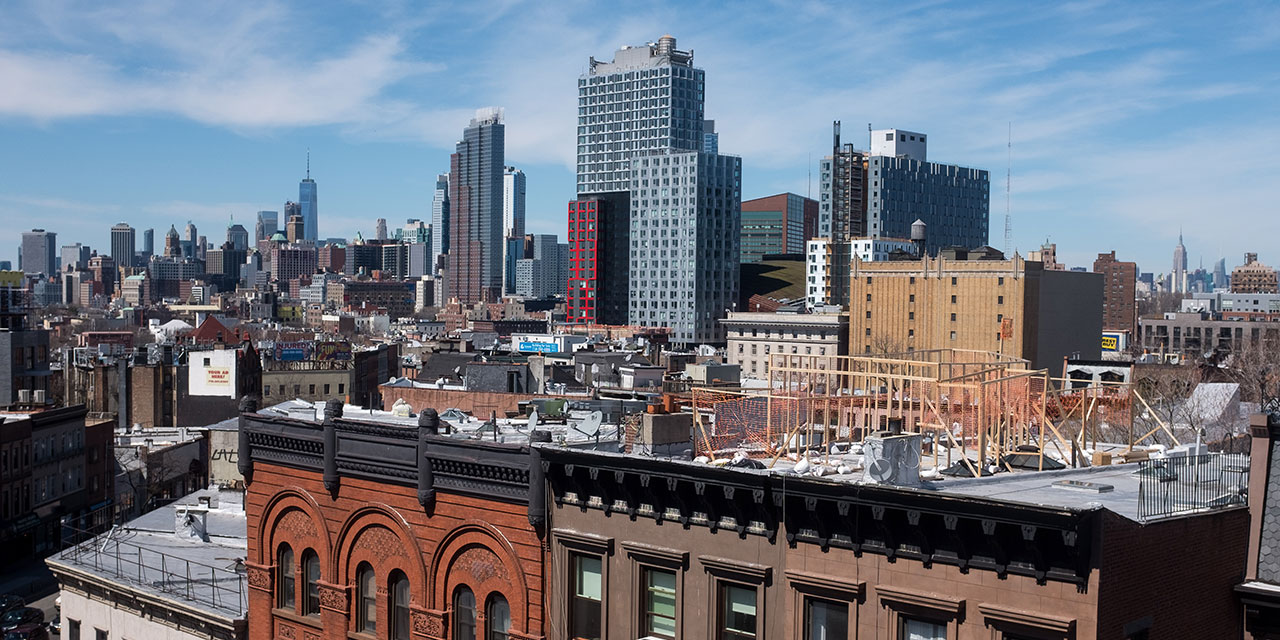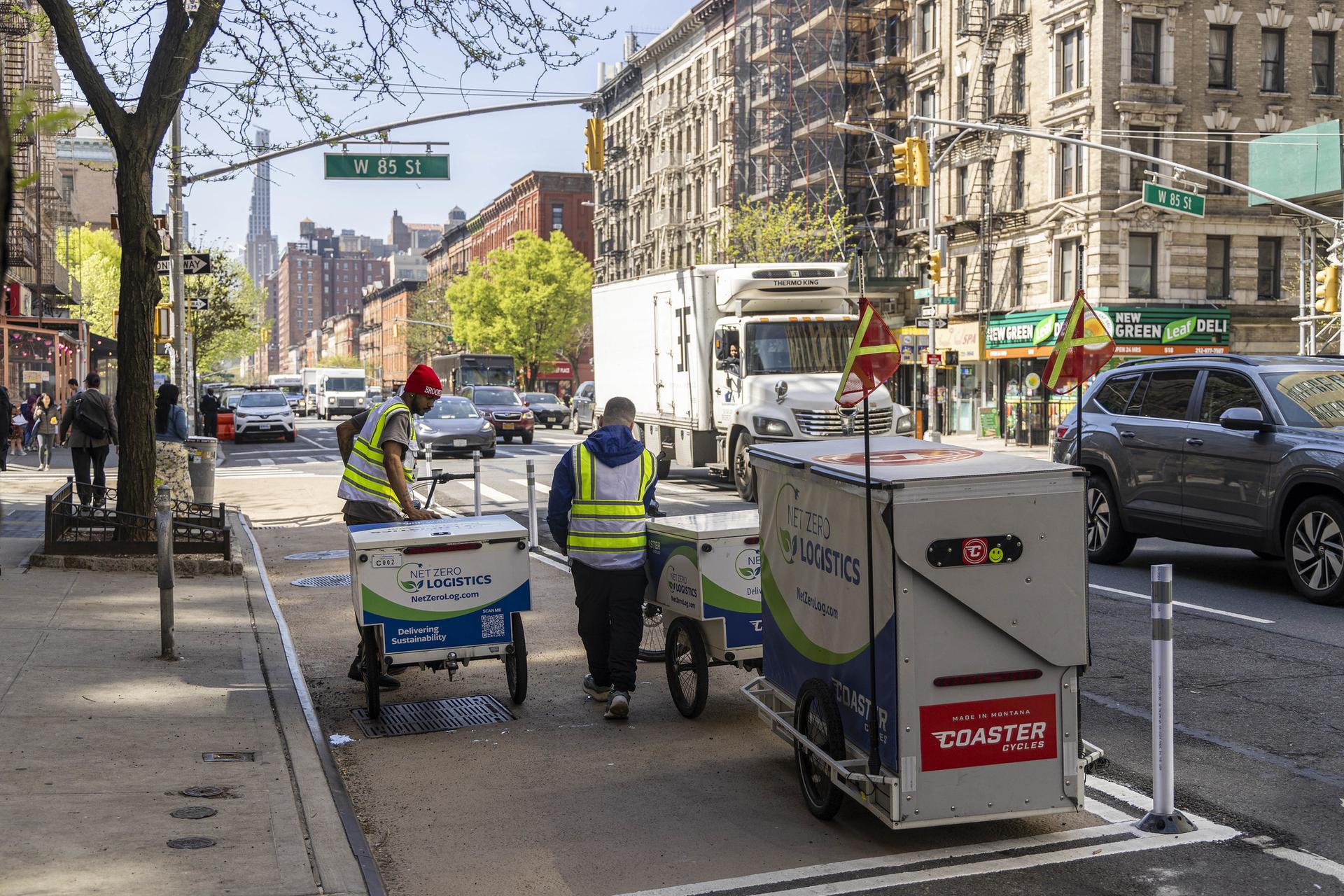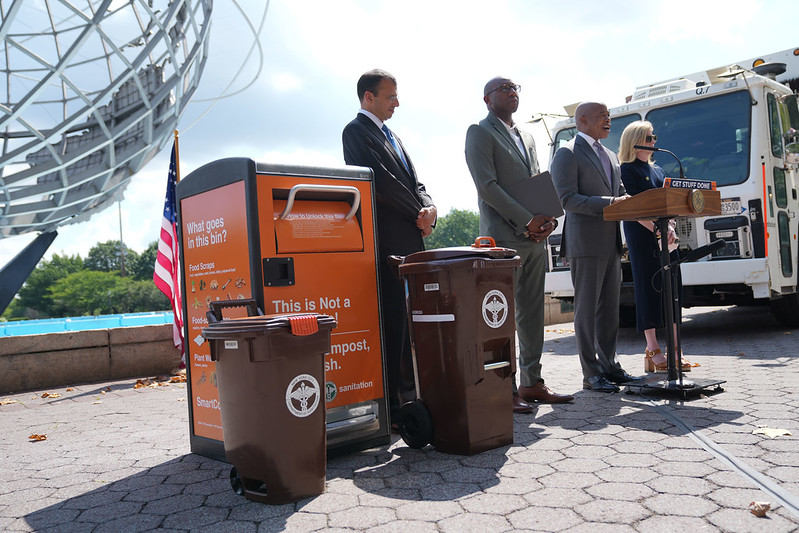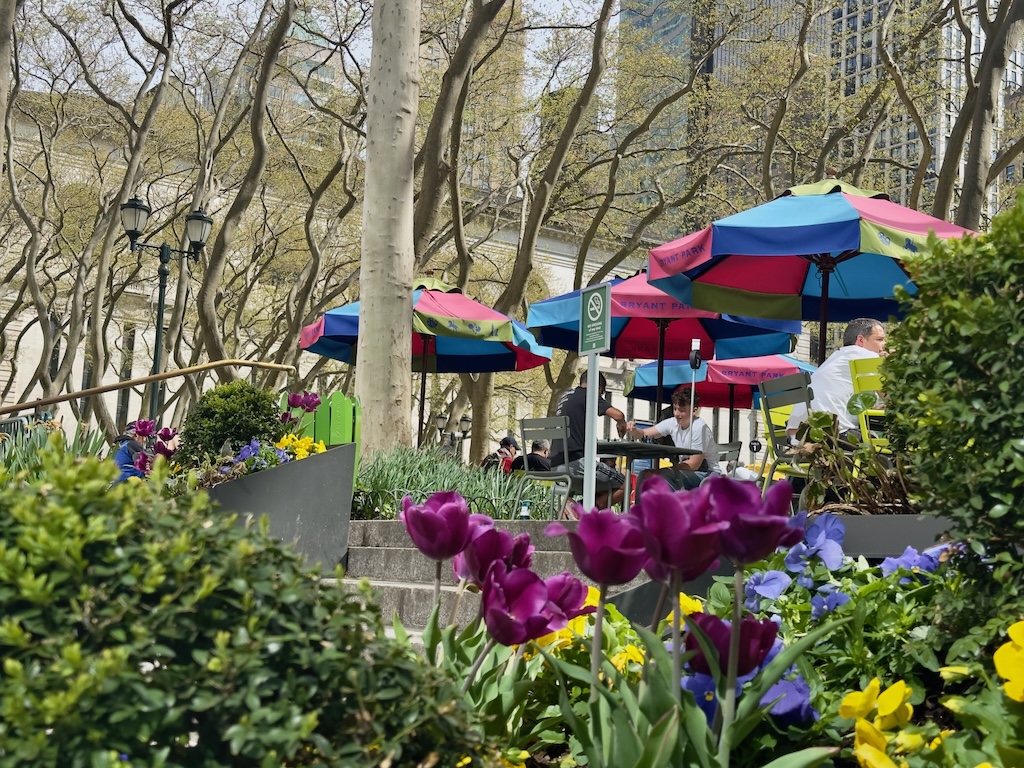|
Forwarded this email? Sign up for free to have it sent directly to your inbox.
|
|
|
OneLIC Neighborhood Plan would transform Long Island City. Image Credit: DCP. |
We’re just under nine weeks out from the Democratic primaries, and this week we’re looking at how the election is being shaped by negative polarization, why it takes so long to build housing in New York, and whether composting really makes sense.
As always, let me know what you like—and what you think is missing from the newsletter. Just hit reply. Did someone forward this to you? Sign up for free to get it in your inbox every Friday. Thanks for reading!
— Liena Zagare |
As this year’s mayoral race shapes up—at least for now—as a rivalry between Andrew Cuomo and Zohran Mamdani, the choice isn’t just about housing, crime, or mental health. It’s about what those words mean to different New Yorkers. On paper, the candidates are focused on the same issues. In practice, they’re offering completely different visions of the city.
Andrew Cuomo wants to restore order: more police, more housing supply, more control. Zohran Mamdani wants to redistribute power: defund the NYPD, tax luxury real estate, and invest in public infrastructure. Both talk about public safety and infrastructure—but to Cuomo, safety means enforcement. To Mamdani, it means divestment. To Mamdani, housing means public ownership. To Cuomo, it means private development. Many voters aren’t rallying for a candidate, but against one. That “negative polarization” drives national politics, too. It makes persuasion—and coalition-building—hard. And with unions, party machines, and editorial boards weaker than ever, there’s no real middle to broker compromise. Voters are on their own—and so are the candidates.
Whoever wins won’t just face a housing crisis or a budget shortfall. They’ll face a crisis of legitimacy. Unless a less polarizing candidate succeeds, one side will see the winner as a threat. New York may elect a mayor—but that doesn’t mean the city is ready to follow. |
|
|
From Left: Andrew Cuomo, Adrienne Adams, Brad Lander, Scott Stringer, Zellnor Myrie, Jessica Ramos, Zohran Mamdani, Michael Blake, Whitey Tilson. Photos via Getty Images. |
Poll Watch: Andrew Cuomo holds a commanding lead in the latest Honan Strategy Group poll at 45%, with Zohran Mamdani at 22%and Brad Lander at 15%. Adrienne Adams lags behind.
Endorsements: District Council 37, representing half the city’s public workforce, endorsed Adrienne Adams, Zohran Mamdani, and Zellnor Myrie—in that order. With contract talks ahead in 2026, the union is backing candidates friendlier to labor than Cuomo, who slashed benefits and raised the retirement age as governor.
Gothamist takes a closer look inside NYC progressives' battle to pick Zohran Mamdani or Brad Lander for mayor.
Rent Freeze Talk: Brad Lander said he'd freeze the rent as mayor for one year. This announcement followed the Rent Guidelines Board weighing how to handle a12% increase in landlord costs. Tenants have already seen rents rise nearly 9% over the last three years. Under Mayor Adams, the RGB has raised rents three times. Under de Blasio, it froze them three times. The mayor appoints the board.
Cuomo Under Fire: Cuomo’s popularity hasn’t budged, even as attacks mount. A recent mayoral forum turned chaotic when protesters stormed the stage, chanting “Cuomo lies, people die.” Meanwhile, city records show his Dodge Charger was caught speeding in school zones—twice.
The New York Times Questionnaire: Leading New York City mayoral candidates weighed in on affordability, public safety, President Donald Trump, homelessness, congestion pricing, immigration, schools and their one big idea in a wide-ranging survey. |
A new four story school under construction in Borough Park. Photo by Liena Zagare |
With more than 900,000 students and a $40 billion annual budget, New York City’s public school system is the largest in the nation. Yet despite it being under mayoral control, it has received little attention from this year’s mayoral candidates. While childcare and pre-K expansion are frequent talking points, none of the major contenders have released a plan focused on K-12 education.
“The working class cares disproportionately about education,” Jorge Elorza, CEO of Democrats for Education Reform, told The New York Times. “Education is the ticket to a better life,” he said, and the party’s failure to make education a top-tier issue reinforces the perception that Democrats are out of touch with working-class and low-income voters.
Meanwhile, it’s testing season for NYC students in grades 3–8—and the effectiveness of the mayor’s new reading and math curriculum is also being tested, as Chalkbeat reports. Last month, the allocated $1 million in targeted support for students on the cusp of passing, in hopes of boosting outcomes.
With warmer weather approaching, the state of classroom air conditioning is once again in the spotlight. All classrooms were supposed to be outfitted with AC by now—but yet one in five still lacks it. The issue? Installation is expensive, and no funding has been earmarked for ongoing maintenance.
|
|
|
Who Gets to Shape New York? |
Photo By Epics/ Hulton Archive via Getty Images |
If you’ve ever wondered why it takes years to build housing in New York City—or why even modest rezonings so often stall—the answer lies deep in the city’s governing DNA.
Former NYC planner and MI Fellow Eric Kober, drawing on nearly four decades inside the system, says the process has become a paradox: procedurally democratic, but structurally paralyzed. In his recent analysis for the 2025 Charter Revision Commission, he traces how power over land use shifted—from the central control of Robert Moses, to the decentralized, council-driven ULURP (Uniform Land Use Review Procedure) process we have today.
Created in reaction to Moses’s unchecked dominance, ULURP was meant to give the public a voice. But in a housing crisis, it’s become a tool for organized opposition and delay. Council members can—and routinely do—block citywide growth plans in defense of hyperlocal politics, a practice known as member deference.
Kober and other reformers argue this model no longer serves the city’s needs. They’ve proposed changes that would shorten timelines, exempt affordable housing from full review, and create new pathways for modest multi-family housing in areas currently zoned for one- and two-family homes.
These are not abstract tweaks. They’re a test: Can New York govern itself in a way that actually solves problems? The 2025 Charter Revision Commission may bring some of these reforms to voters in a fall referendum. |
Daylighting, Blue Highways, Gang Databases |
A new microhub launching at Amsterdam Avenue and West 85th Street on the Upper West Side. Credit: NYC DOT |
At a City Council hearing Monday on a proposed “universal daylighting” bill—which would ban parking within 20 feet of the city’s 40,000 intersections to improve pedestrian safety—the DOT testified that implementing the plan would cost $3 billion, Hellgate reports. That’s nearly twice the agency’s entire annual budget. But is that all?
Meanwhile, if you live on the Upper West Side, DOT is piloting new “microhubs” as part of a sustainable last-mile delivery system. The goal: get packages where they need to go without turning sidewalks into cluttered drop zones. The first microhubs are now operating at Amsterdam Avenue and West 73rd Street, Amsterdam Avenue and West 85th Street, and Broadway and West 77th Street.
And at the country’s largest wholesale fish market, a new marine freight barge could help cut congestion and reduce air pollution. As THE CITY reports, it’s part of the city’s push to shift cargo from roads to waterways—what officials call the “blue highway.” The city’s Economic Development Corporation estimates the barge will take 1,000 trucks off the road each month.
|
-
Transit: New Yorkers met U.S. Transportation Secretary Sean Duffy’s announcement of a federal takeover of the Penn Station project with familiar skepticism—and rightly so. As Eric Kober writes in Why Penn Station Is So Hard to Fix, decades of proposals have collapsed under engineering challenges, funding gaps, and political dysfunction. Without a clear blueprint or budget, the Trump administration’s promise risks becoming just another false start. MTA's Chair and CEO Janno Lieber joined The Brian Lehrer show to discuss Penn Station and more.
- Travel Update: Starting May 7, you'll need a REAL ID-compliant form of identification to fly domestically or enter federal buildings.
-
Canadian tourism to New York City is dropping—and that’s bad news for hotels, nightlife, and tour operators. Canadians were the city’s second-largest group of international visitors last year, contributing an estimated $600 million to the local economy. But tour companies told Crain’s they’re seeing 20% to 40% declines in Canadian bookings, while hotels are seeing 5% to 15% drops. Cross-border bus tours are way down, and February flights from Canada fell sharply—31% at JFK, 22% at LaGuardia, and 15% at Newark. A dip in hotel bookings also puts pressure on the rest of the hospitality industry. (Crain’s New York)
-
Housing: Mayor Eric Adams is pushing to rezone four NYC neighborhoods by the end of 2025, aiming to add 40,000 new homes and cement a housing legacy. The largest plan, in Long Island City, just began public review and could allow 14,700 units. Rezoning plans in Midtown South, Jamaica, and Atlantic Avenue also appear on track with local backing. These follow a 7,000-unit Bronx rezoning and the broader City of Yes reforms, projected to allow 82,000 homes over 15 years.
-
Crime: Crime in New York City is falling, thanks to targeted policing under Commissioner Jessica Tisch and a pullback from progressive policies that had weakened enforcement. In The New York Times, MI’s Raphael Mangual argues in The Left Keeps Getting It Wrong on Crime that tools like the NYPD’s gang database and ShotSpotter have helped reduce violence, yet still face opposition from critics citing racial disparities—despite data showing enforcement tracks where crime actually occurs. Meanwhile, changes to discovery laws have led to a surge in case dismissals. Mangual warns that progressive priorities risk repeating the mistakes that led to past crime waves.
- ICYMI:
New York State Police also maintain a gang database, separate from the NYPD’s. As New York Focus reports, it holds records on over 5,100 individuals and feeds into a federal database used by U.S. Immigration and Customs Enforcement.
|
To Compost Or Not To Compost? |
Nation’s largest curbside composting program started in the fall of 2022. Michael Appleton/Mayoral Photography Office |
|
|
The Department of Sanitation is serious about making sure New Yorkers sort their food scraps from their trash, and THE CITY has a detailed explainer on why—and how—including what happens to the material collected: some of it gets composted, and some is turned into gas that’s burned to produce energy.
John Tierney joined Brian Anderson on City Journal's 10 Blocks podcast to explain why composting and recycling persist despite scant evidence of their effectiveness. In short, he argues, composting is costly, ineffective, and unpopular—but deeply embedded in a lucrative web of subsidies and mandates that will be politically hard to unwind.
|
Bryant Park. Photo by Liena Zagare |
Bryant Park is glorious in the spring, and despite the crowds, there always seems to be room for everyone. It’s centrally located, easily accessible by (B/D/F/M and 7), and offers a comfortable, open setting with seating, Wi-Fi, and a range of food and coffee options nearby. It’s a great place for a casual yet convenient conversation—right in the heart of Midtown. |
|
|
|
John Tierney joins Brian Anderson to discuss why composting and recycling persist despite the lack of evidence for their efficacy.
|
|
|
A weekly newsletter about NYC politics and policy, published by the Manhattan Institute, edited by Liena Zagare. |
|
|
Copyright © 2025 Manhattan Institute, all rights reserved.
|
|
|
|



